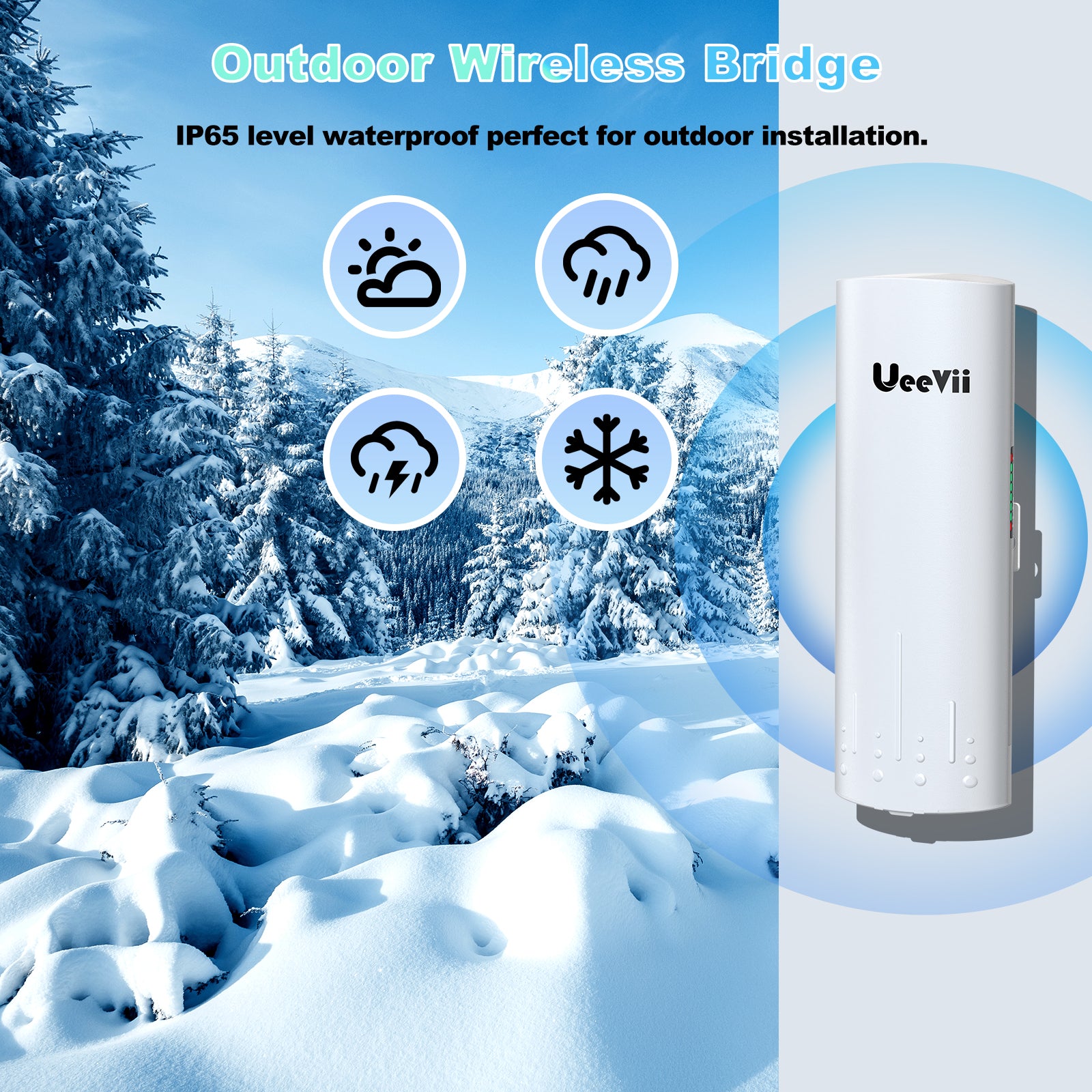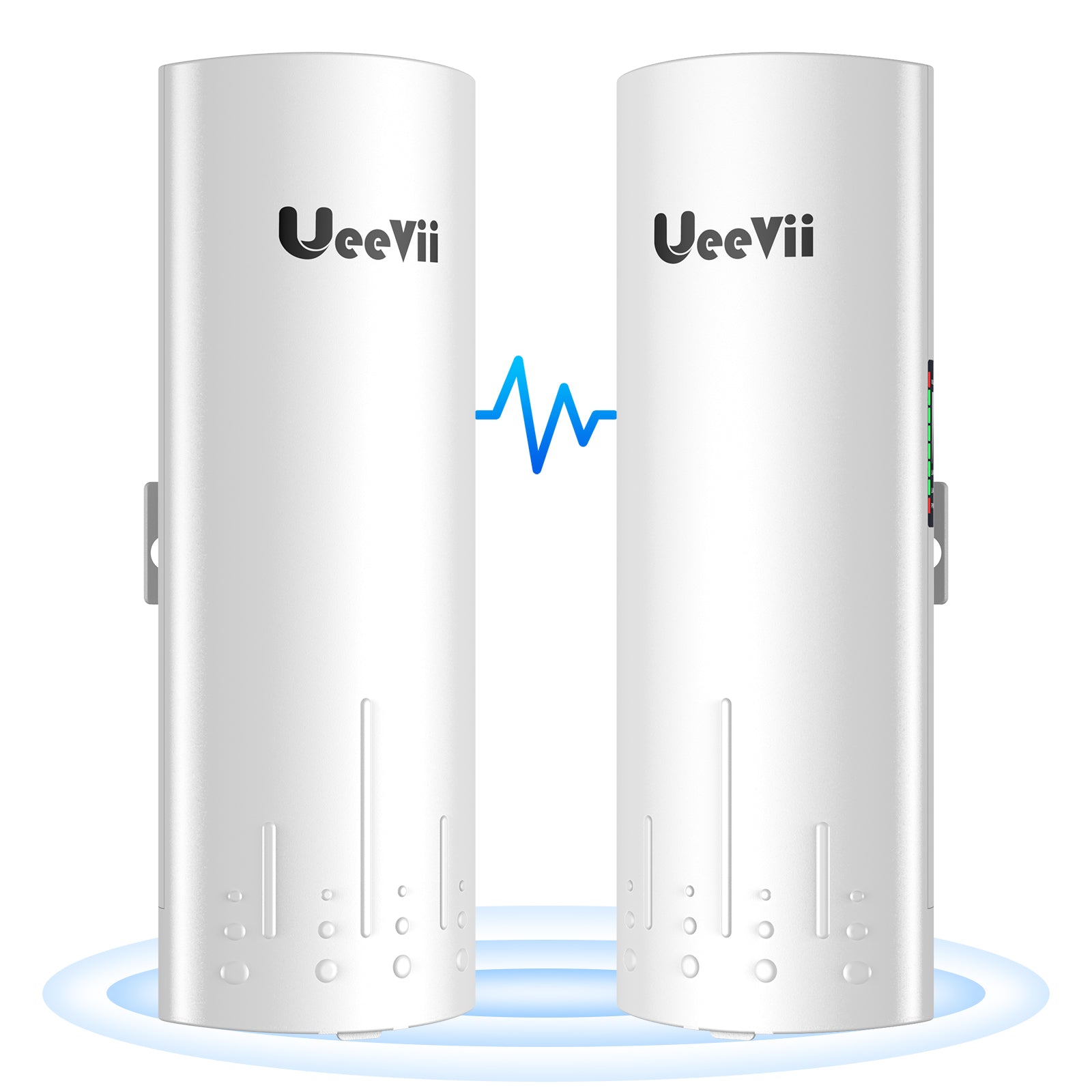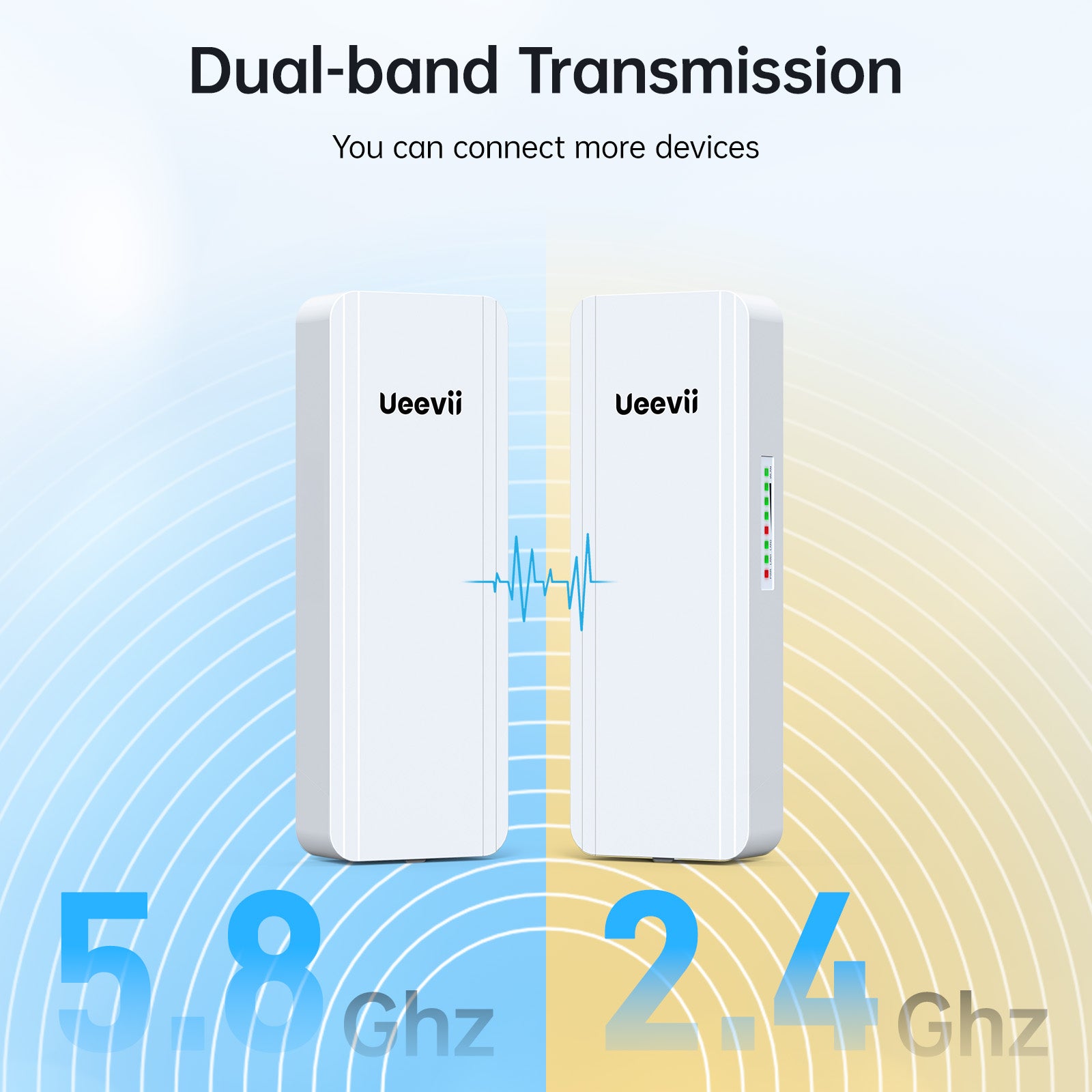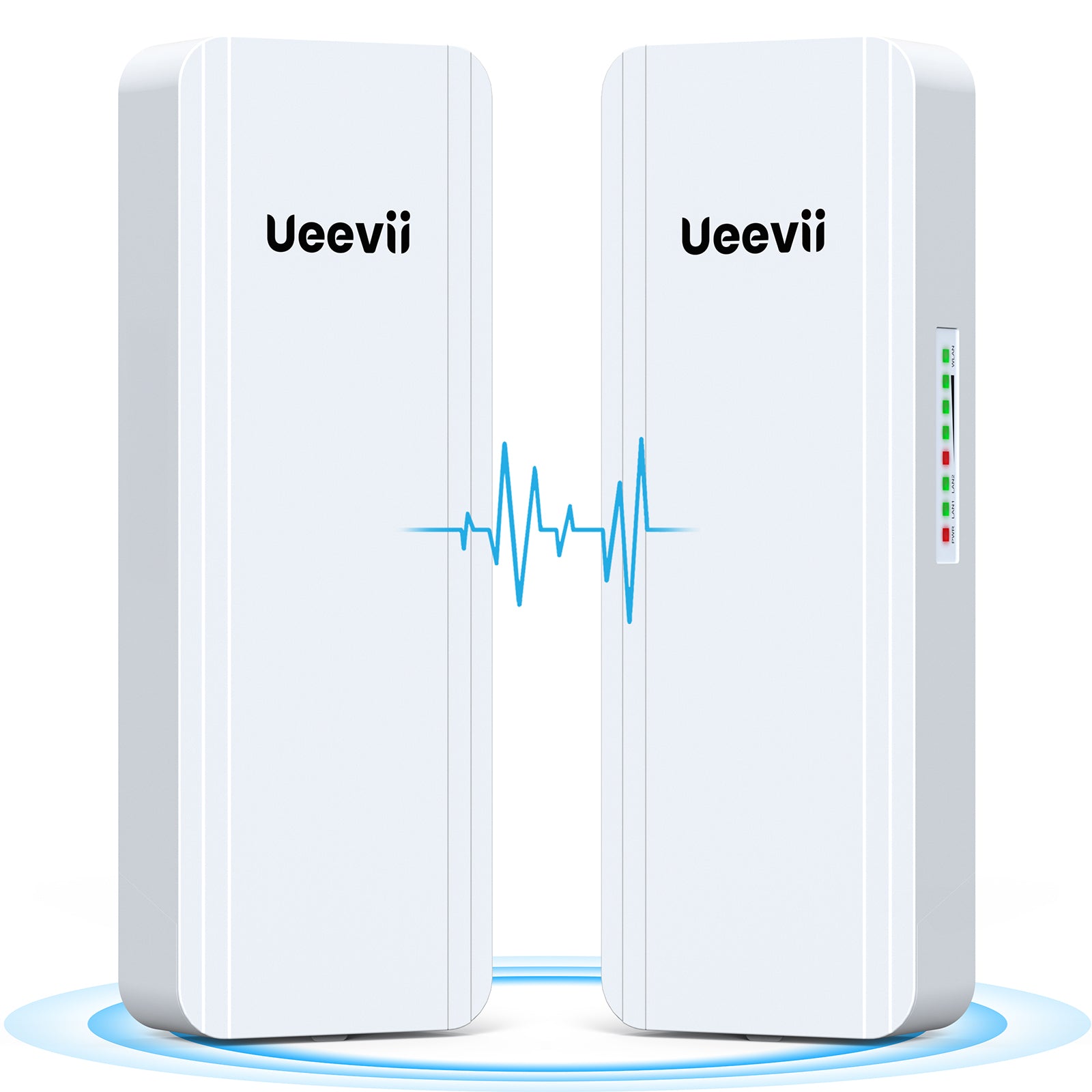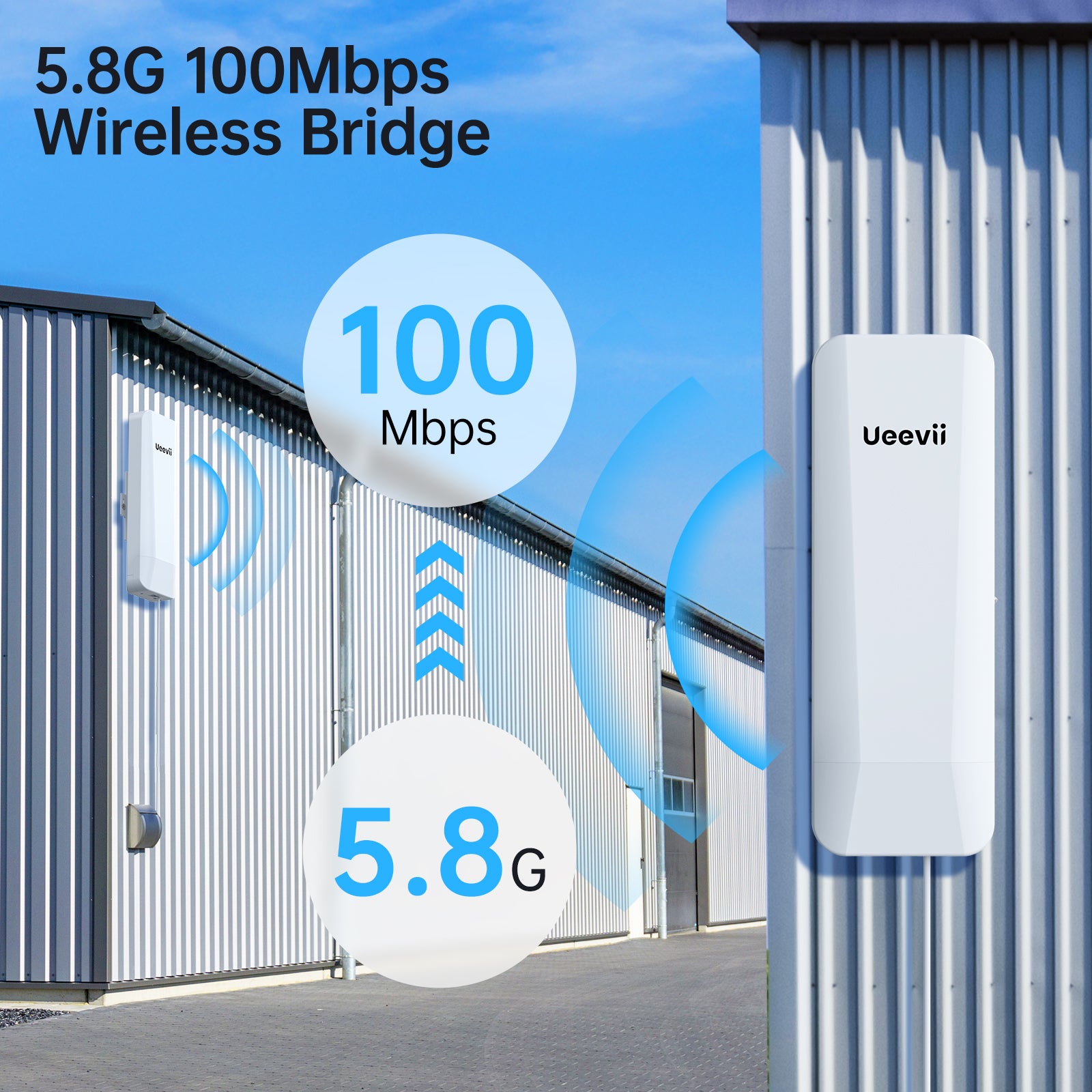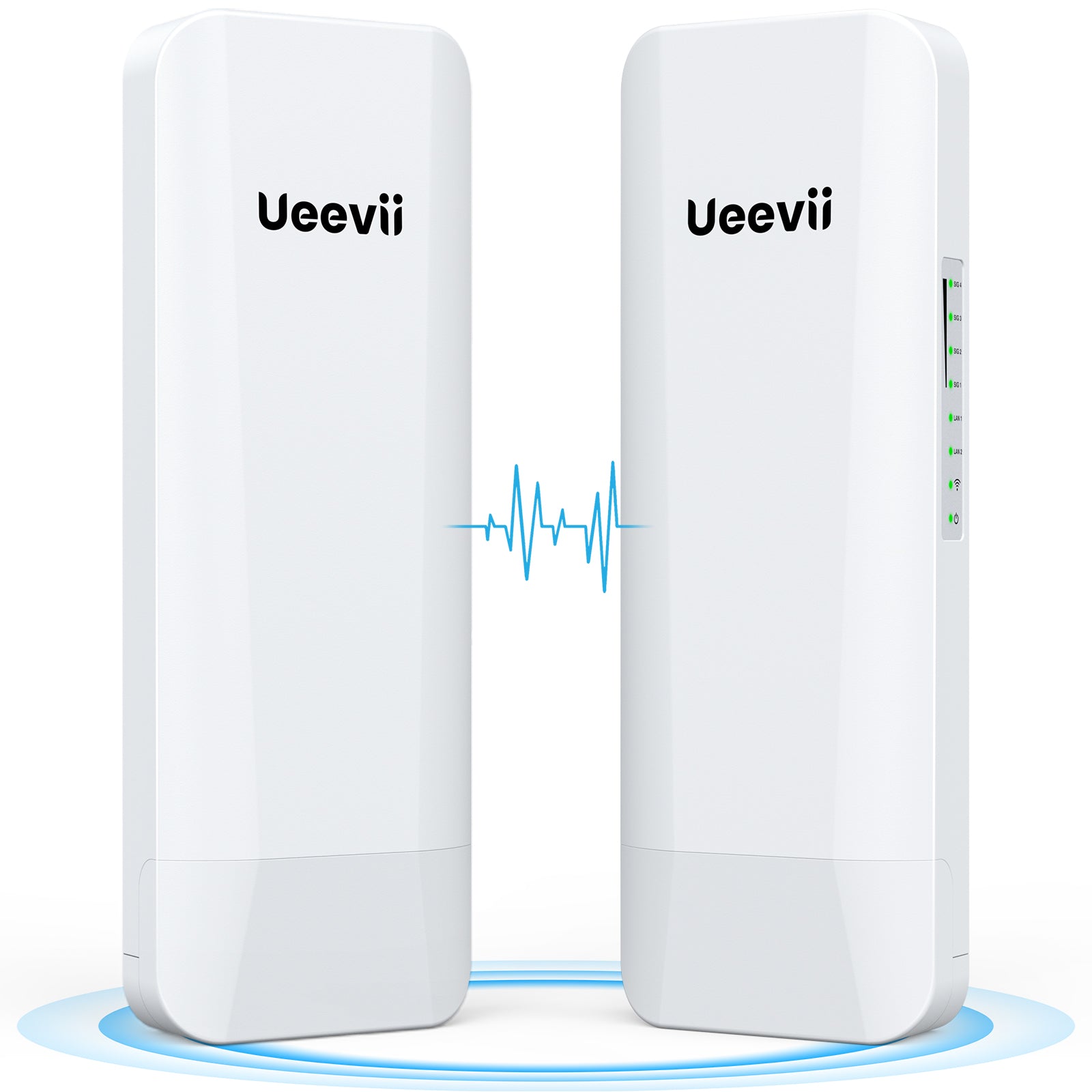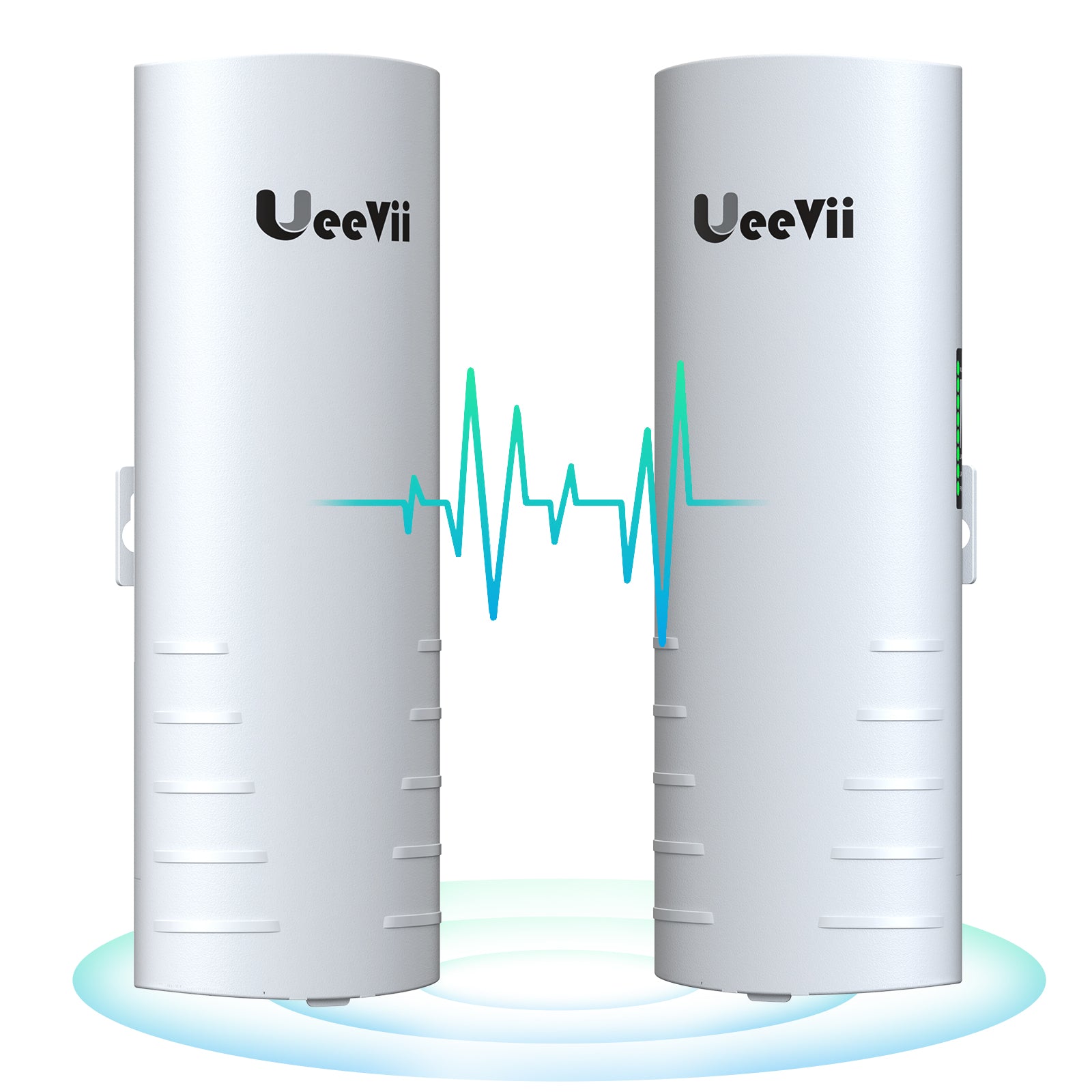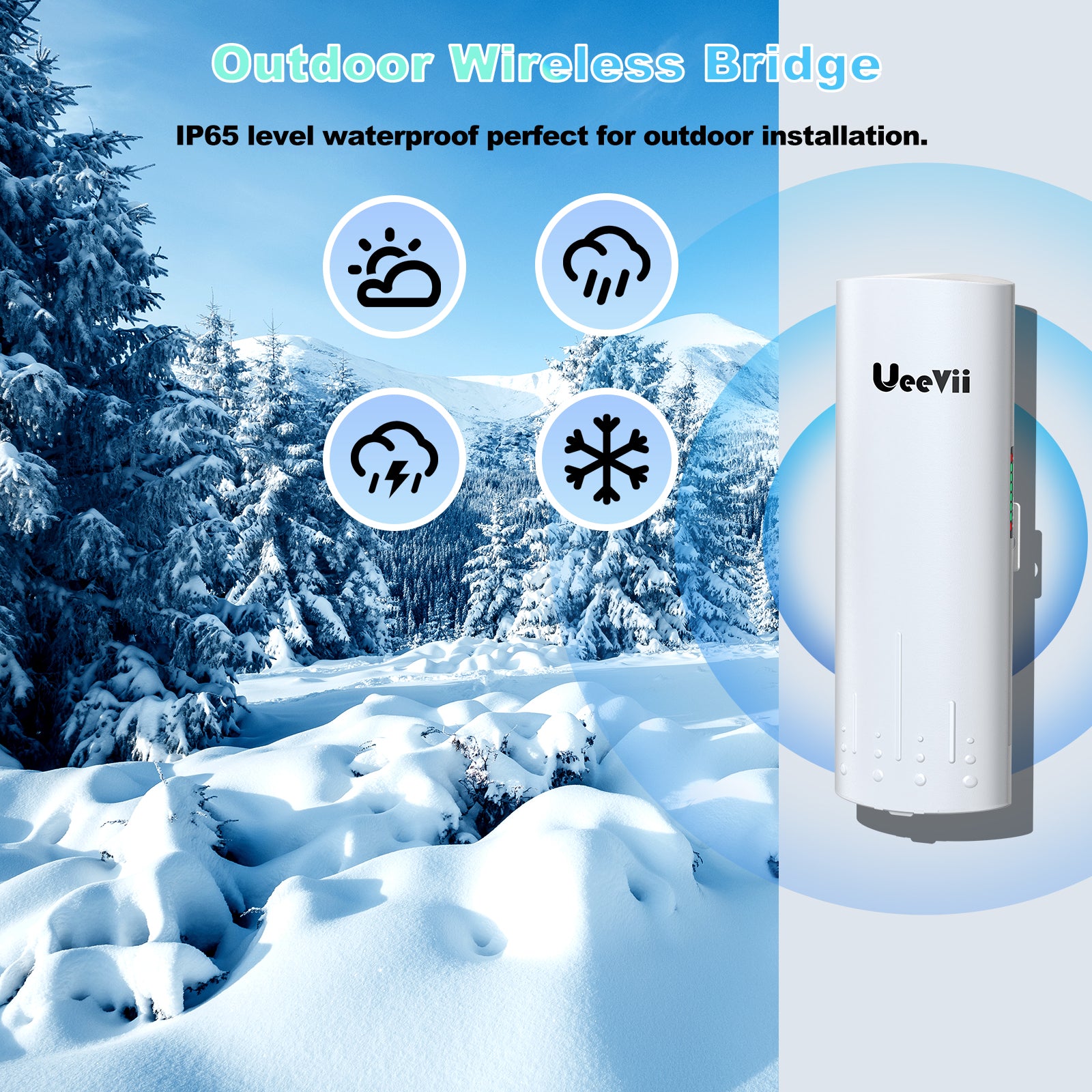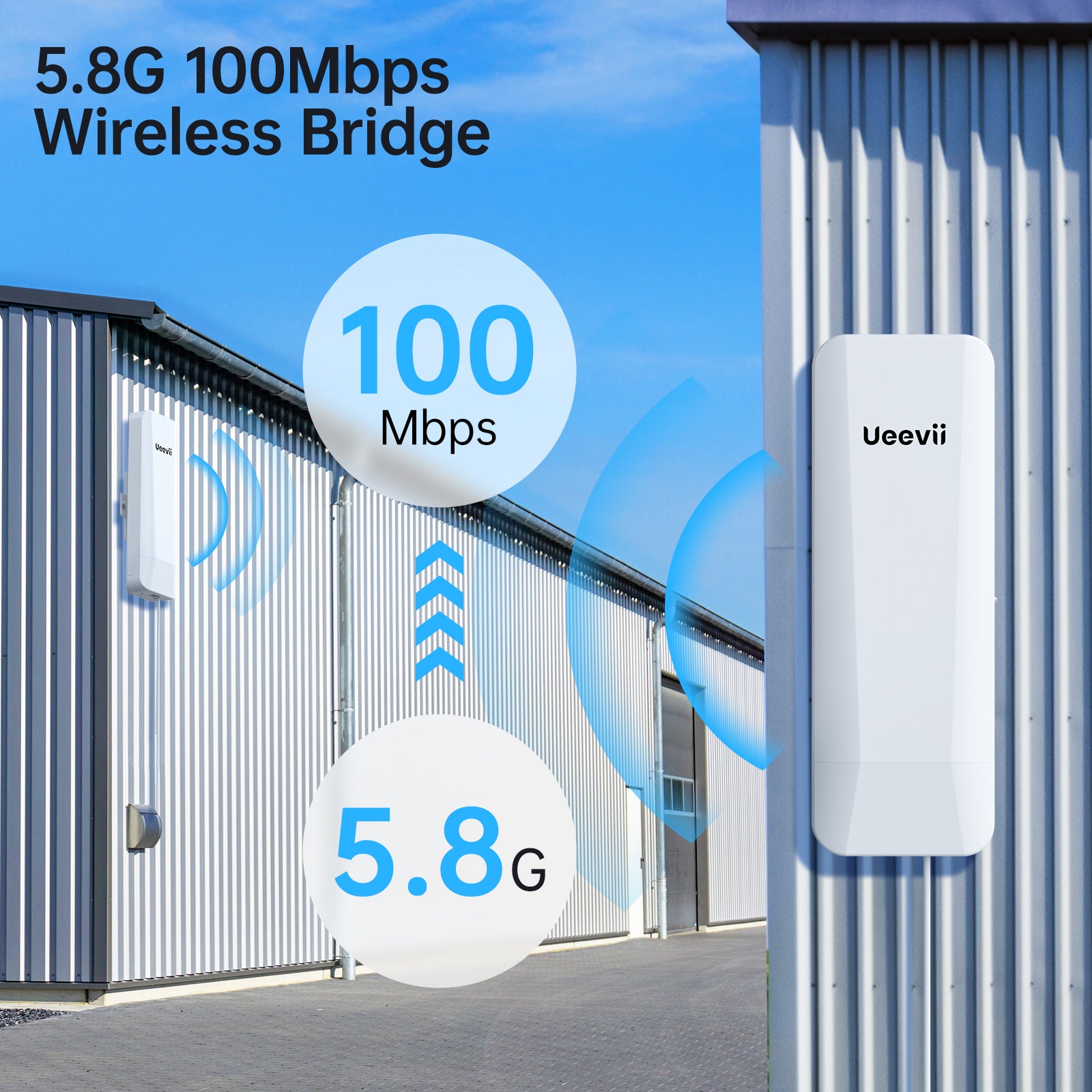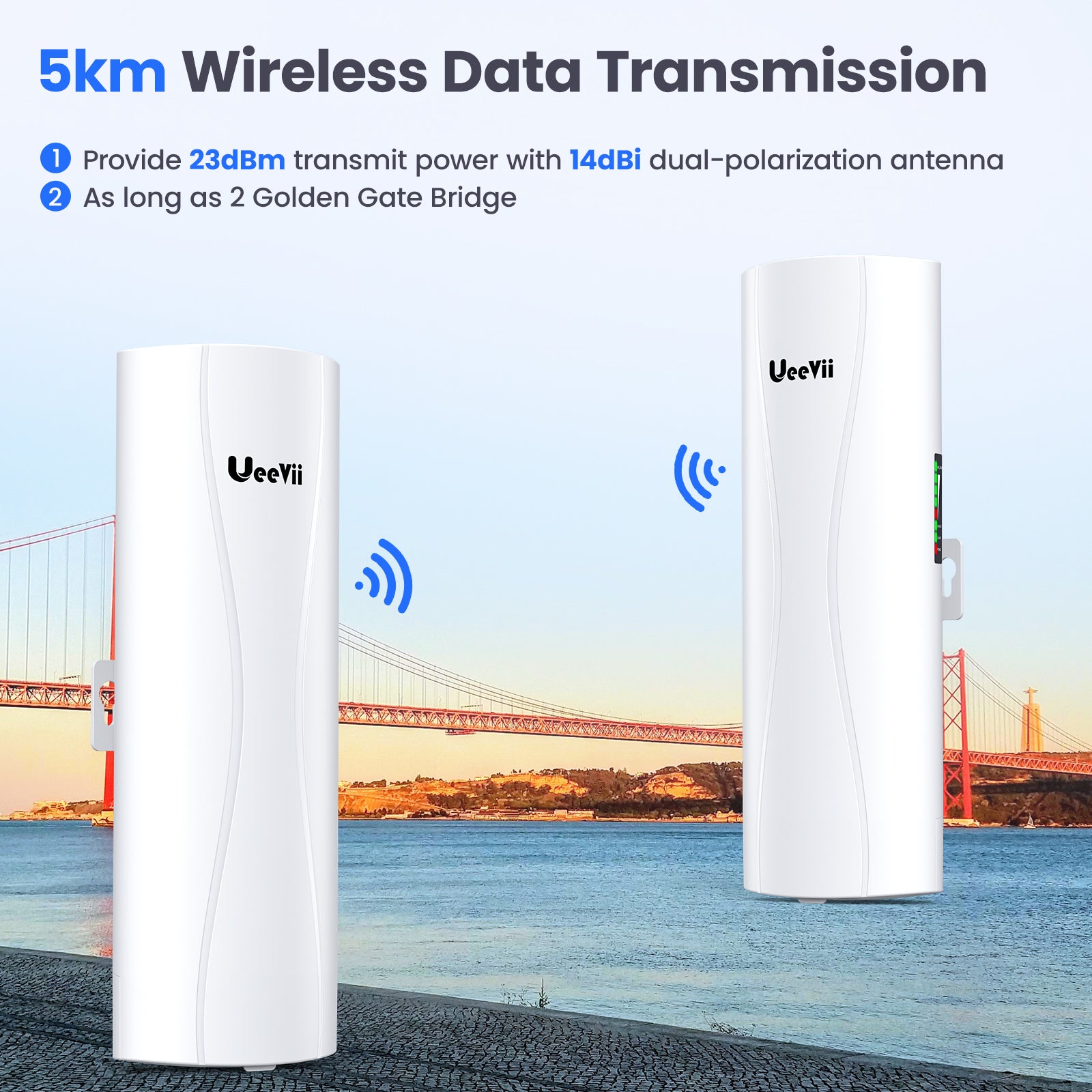Introduction to Wireless Access Point Technology in Ceiling Systems
Understanding the Basics of Access Points
Access points (APs) are devices that connect wireless users to a network. Ceiling APs are mounted overhead. They distribute Wi-Fi coverage evenly across rooms. Ceiling APs avoid floor clutter and offer a clean look. They need power and network connections to work. Users connect through radio frequencies broadcast by these APs. Ceiling APs are used in homes and businesses for better coverage. They are part of a wireless local area network (WLAN) system.

The Evolution of Wireless Connectivity in Home and Office Spaces
The way we connect wirelessly has changed much over time. At first, routers were set up in corners, out of the way. Yet, poor signals often led to issues. As tech advanced, so did the search for better connectivity. Enter ceiling access points - a game changer. These devices, fixed above, give strong, even Wi-Fi coverage. They are now key in many US homes and offices. Their design fits well with modern interior styles too. This shift to ceiling-mounted tech marks a big step in wireless growth.
Key Industry Trends Influencing Ceiling Wireless Access Point Adoption
The Impact of IoT and Smart Home Integration
The integration of IoT and smart home technology is a driving force behind the adoption of ceiling wireless access points in the US. As homes and businesses become increasingly interconnected with smart devices, the need for robust, seamless Wi-Fi coverage has grown. Ceiling-mounted access points offer optimal signal distribution, ensuring that smart appliances, security systems, and personal devices maintain uninterrupted connectivity. This trend is pushing the ceiling access point market forward, as consumers and businesses alike seek reliable solutions to support their smart ecosystems.
How Consumer Demand Shapes Access Point Development
In the US, consumers seek ease and aesthetics in tech. This demand drives wireless access point design. Homeowners desire discreet yet powerful devices. Thus, ceiling access points are getting popular. They blend with decor and provide strong signals. Market trends reflect this shift to unobtrusive tech. People want to connect many devices at once. So, access points must support heavy use. Tech firms keep these needs in mind. They create products that are simple to use and install. As needs grow, so will ceiling access point features.
Regulatory and Safety Considerations for Ceiling-Mounted Devices
Regulatory and safety considerations are crucial in the adoption of ceiling wireless access points. In the US, standards set by the FCC ensure devices comply with federal regulations. These include RF exposure limits and electrical safety criteria. Local building codes also factor in, with requirements for fire resistance and structural integrity. Manufacturers must navigate these rules, shaping the design and placement of devices. This ensures user safety while maintaining network performance. They must also keep pace with changes in standards, as technology advances.
The Future of Ceiling Wireless Access Points in the United States
Technological Innovations in Access Point Design
A surge in tech advances is shaping ceiling wireless access points. Smart antennas improve signal quality and range. Access points now have sleek, low-profile designs for better aesthetics. They also feature advanced security protocols to keep data safe. These innovations align with the US demand for performance and style.
Predicting Market Growth for Ceiling-Mounted Wireless Solutions
The market for ceiling-mounted wireless solutions is poised for expansion. Analysts predict steady growth driven by factors such as the rise in smart homes, the need for better wireless coverage, and the demand for aesthetic, space-saving solutions. Adoption in various sectors, including residential, commercial, and industrial, is expected to surge. Furthermore, with advancements in technology, ceiling wireless access points are becoming more affordable and efficient. This cost-efficiency, paired with increasing internet bandwidth demands, suggests a bright future for this market segment.
Challenges and Opportunities in the Ceiling Access Point Market
Facing the ceiling access point market, there are both hurdles and prospects. One big challenge is the rapid tech change. It means products can get outdated fast. Still, this space has big chances for growth. New uses for these devices in homes and offices keep popping up. Firms that adapt rapidly to tech shifts stand to gain a lot. They must also meet the strict codes for safety in the US. Balancing innovation with these rules is key. The market is ready for those who can handle this balance.





